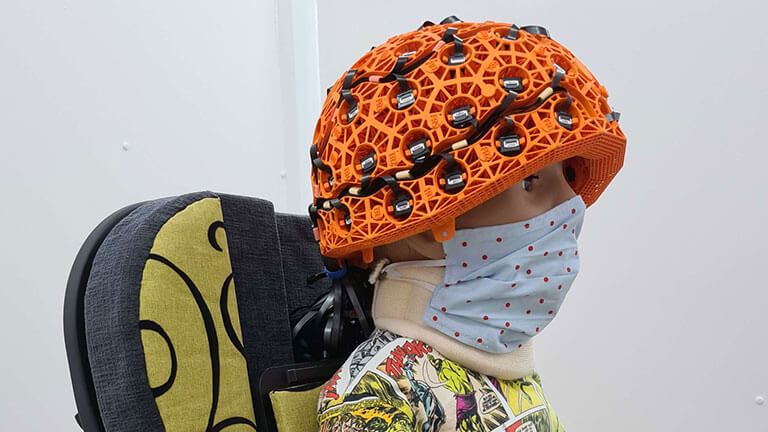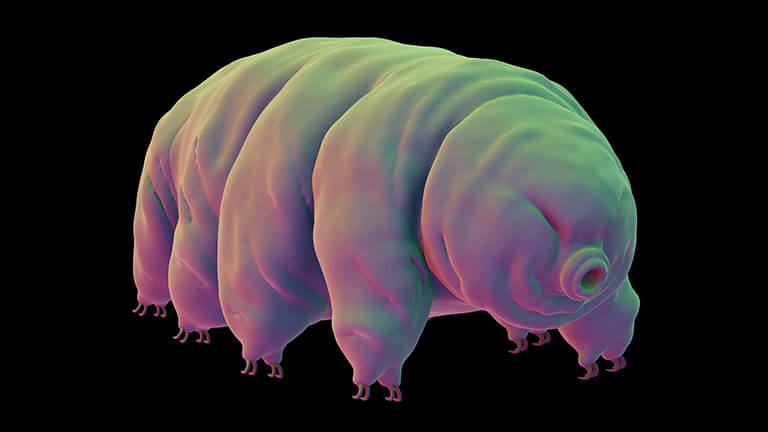Wearable Tech Marks a Breakthrough for Scanning the Brain
https://www.embs.org/pulse/wp-content/uploads/sites/13/2022/04/banks-wearable-tech-brain.jpg
768
432
IEEE Pulse
//www.embs.org/pulse/wp-content/uploads/sites/13/2024/03/ieee-pulse-logo-dsktp2x.png
Today, the World Health Organization (WHO) reports that one in four people are affected by mental or neurological disorders, 50 m suffer from epilepsy, and 50 m from Alzheimer’s disease. According to the Journal of Neurosurgery, 69 m globally have some type of traumatic brain injury. With these numbers rising daily, there is an urgent need to understand what is happening inside the brain. Brain scanning technology has advanced dramatically in recent decades, but it still faces significant limitations.
read more










